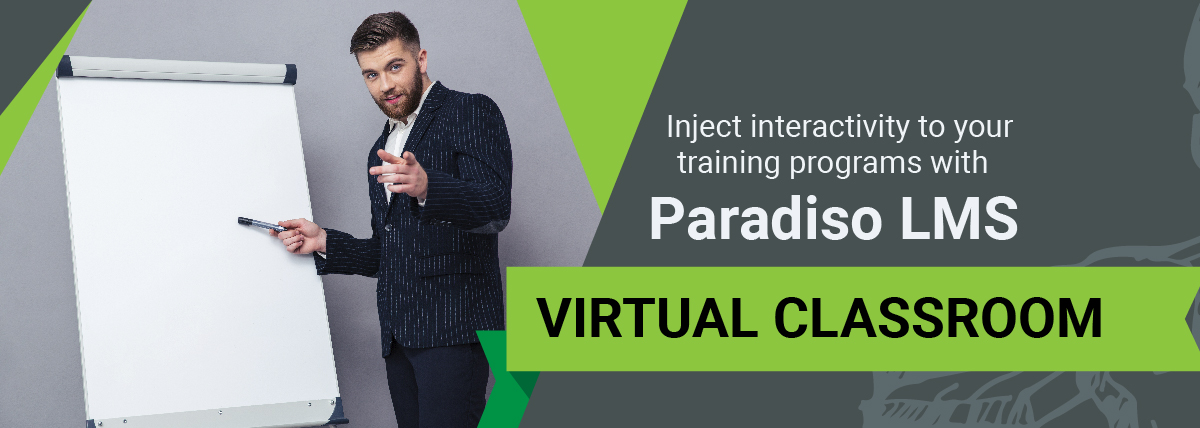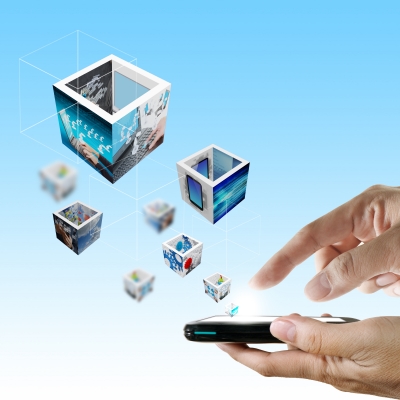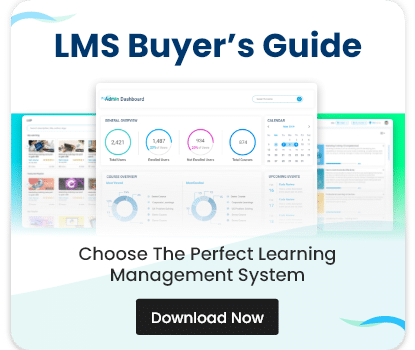– Instant video conferencing: Using a tool that is integrated into your LMS is a better option than using external platforms such as Skype or Google Hangouts because processes are reduced and there are also specialized metrics for the type of software. By having this integration your users of the corporate or educational sector can have live training sessions instantly, in high quality, with video option and even with the ability to connect several branches at the same time.
– Add interactivity features to your sessions: Interactivity is the best choice to combat disengagement and desertion. Making that your users actively participate in class sessions through virtual classroom LMS will provide a high degree of attention and participation on their side. This can be easily achieved by adding to your class sessions, through virtual classroom, activities such as questionnaires in the middle of the session, gamification options or even small evaluations in order to have control of what they have learned in each meeting.
– Timed tests: With the integration of virtual classroom LMS that allows developing timed evaluations, you can monitor and evaluate your users more effectively. This type of test is easier to perform because it does not require interventions and when the timer runs out the evaluation ends. In the same way, the qualification is automatic, it is shown instantly and the possibility of having instant feedback is provided.
– Enhances instant communication: You must have a tool that facilitates your users with instant communication, with each other and with your instructors. The virtual classroom LMS integration allows you to have instant messaging without leaving the platform. This tool is very useful to develop questions and answers activities, live evaluations, test the performance of employees/users, exchange information, schedule meetings on the calendar, etc.
– Recording and storage: Online courses are developed in real-time and many times this can be inconvenient for those students who do not have good retention capacity or who have not even been able to attend a virtual classroom LMS session on time. To solve this problem, the integration allows the sessions to be recorded and stored to be available at any time and so the student/user can access them once the time is found.
– Performance analytics: User performance can be measured in many ways within the LMS thanks to advanced reports. In the case of virtual classroom LMS integration, it is important to have metrics that allow you to monitor the process of your users. In this way, the integration will let you know the study time, dropout levels or the amount of time users take between lessons.


















